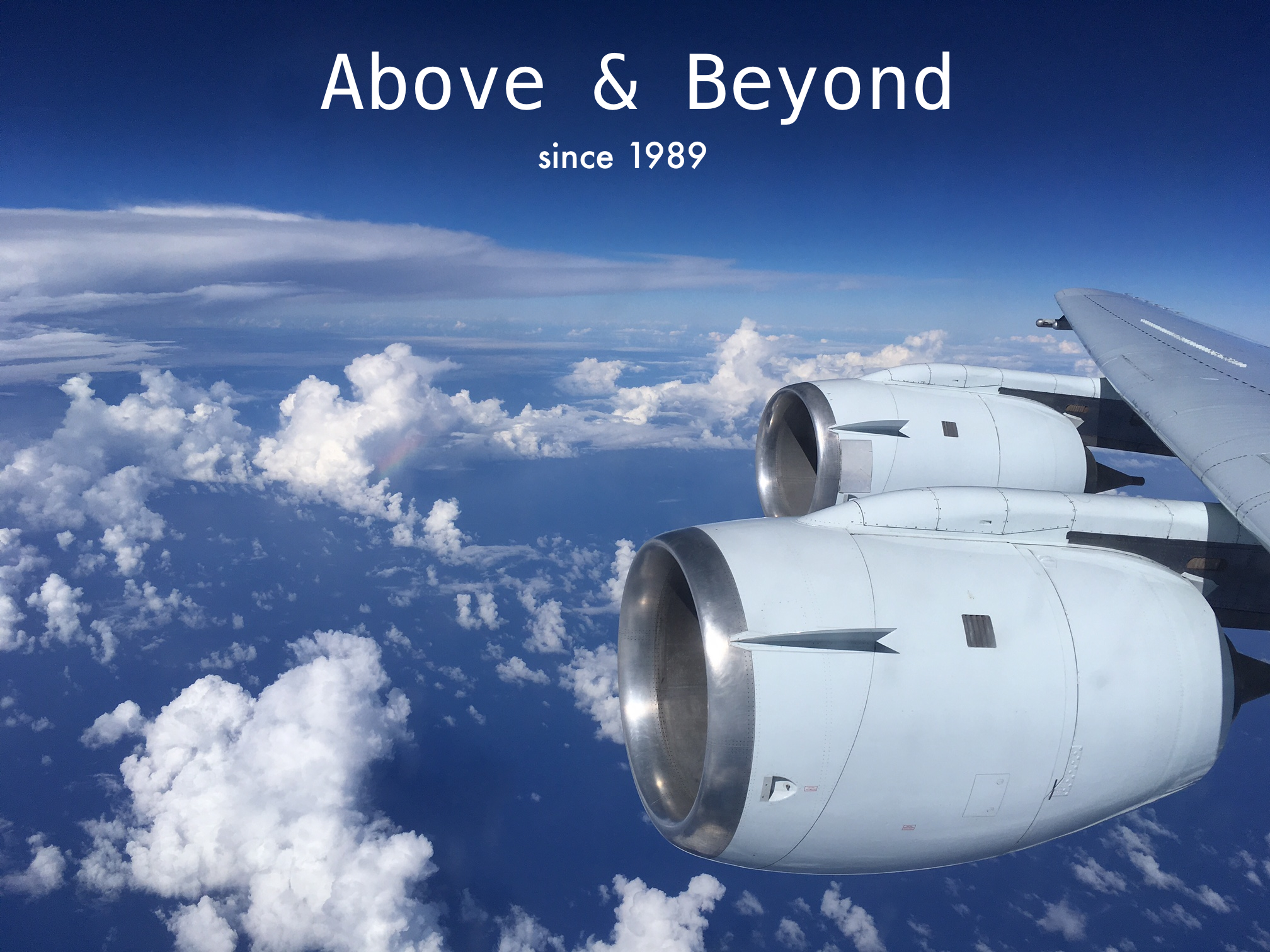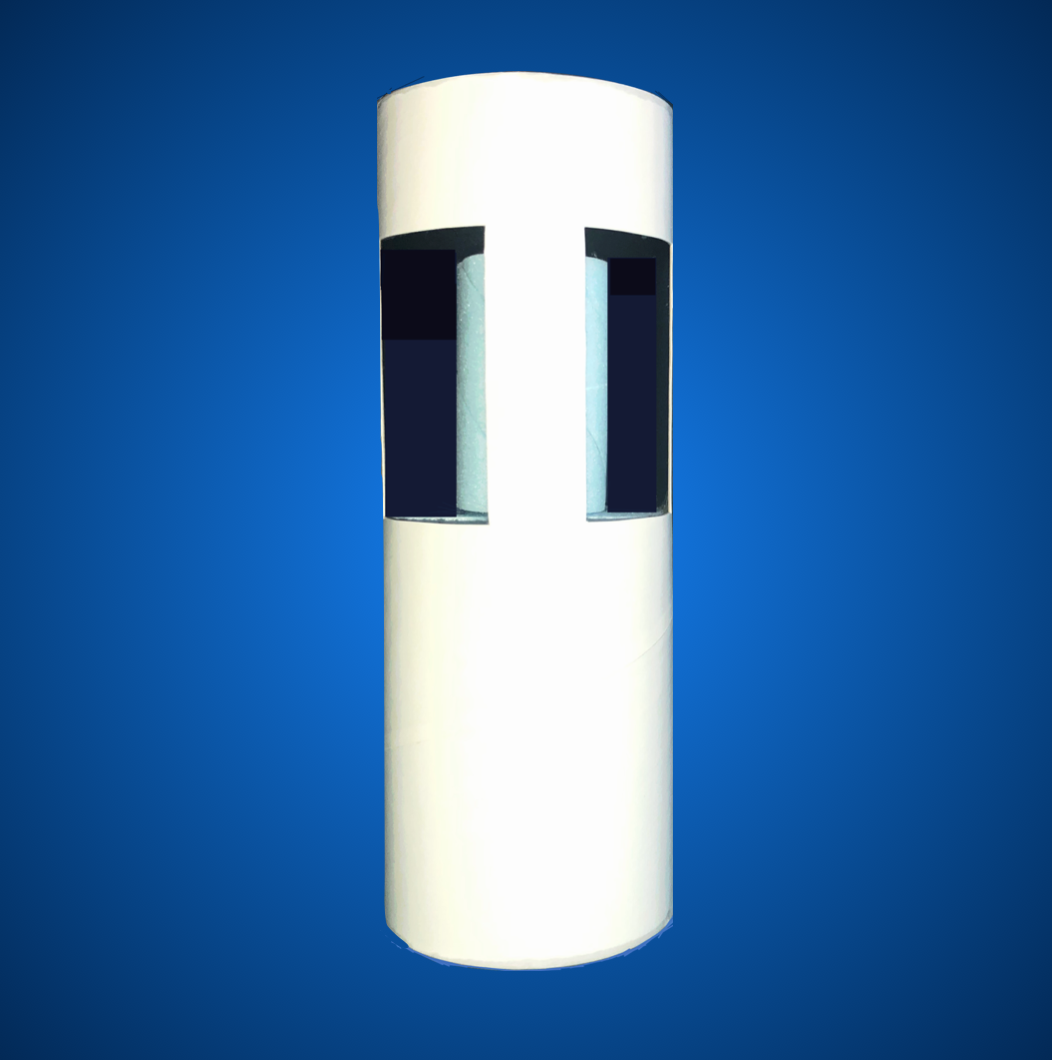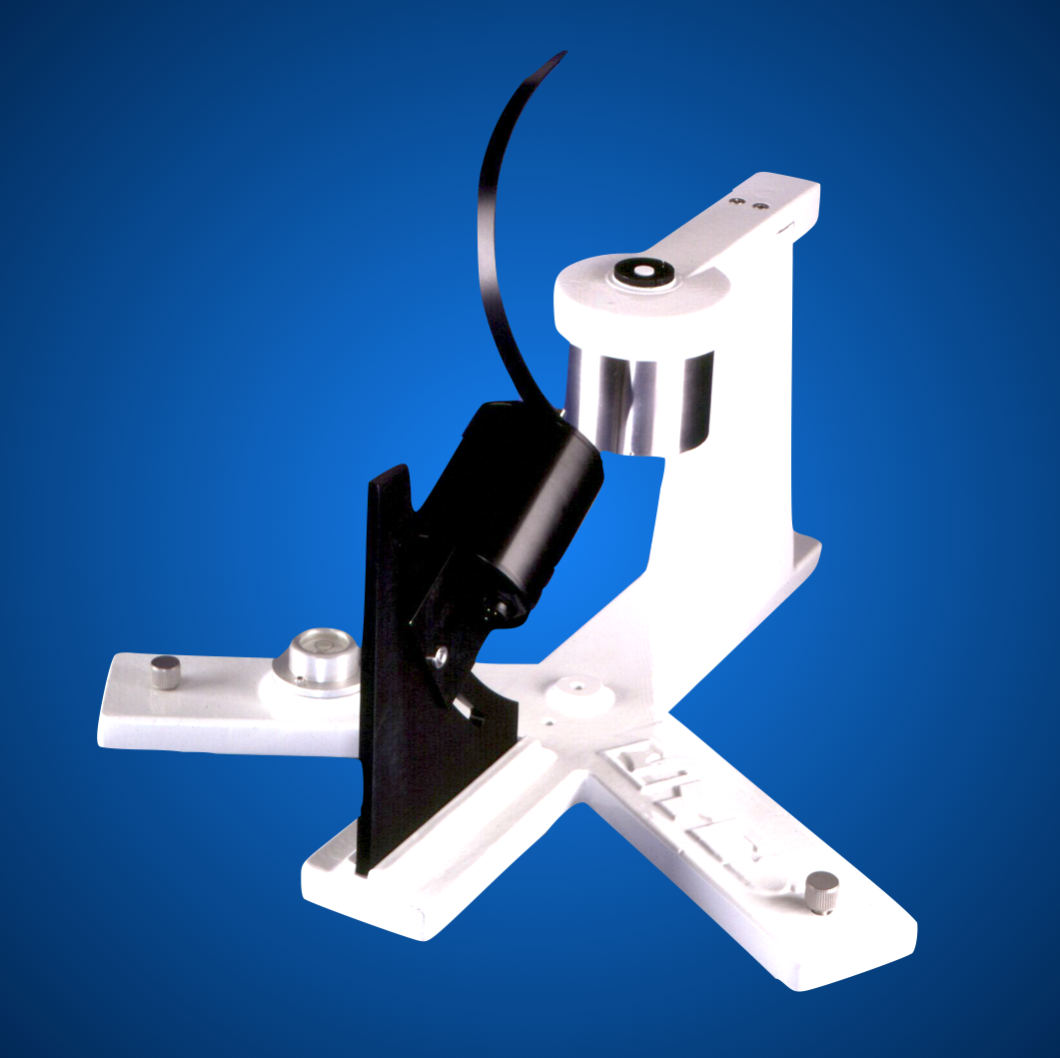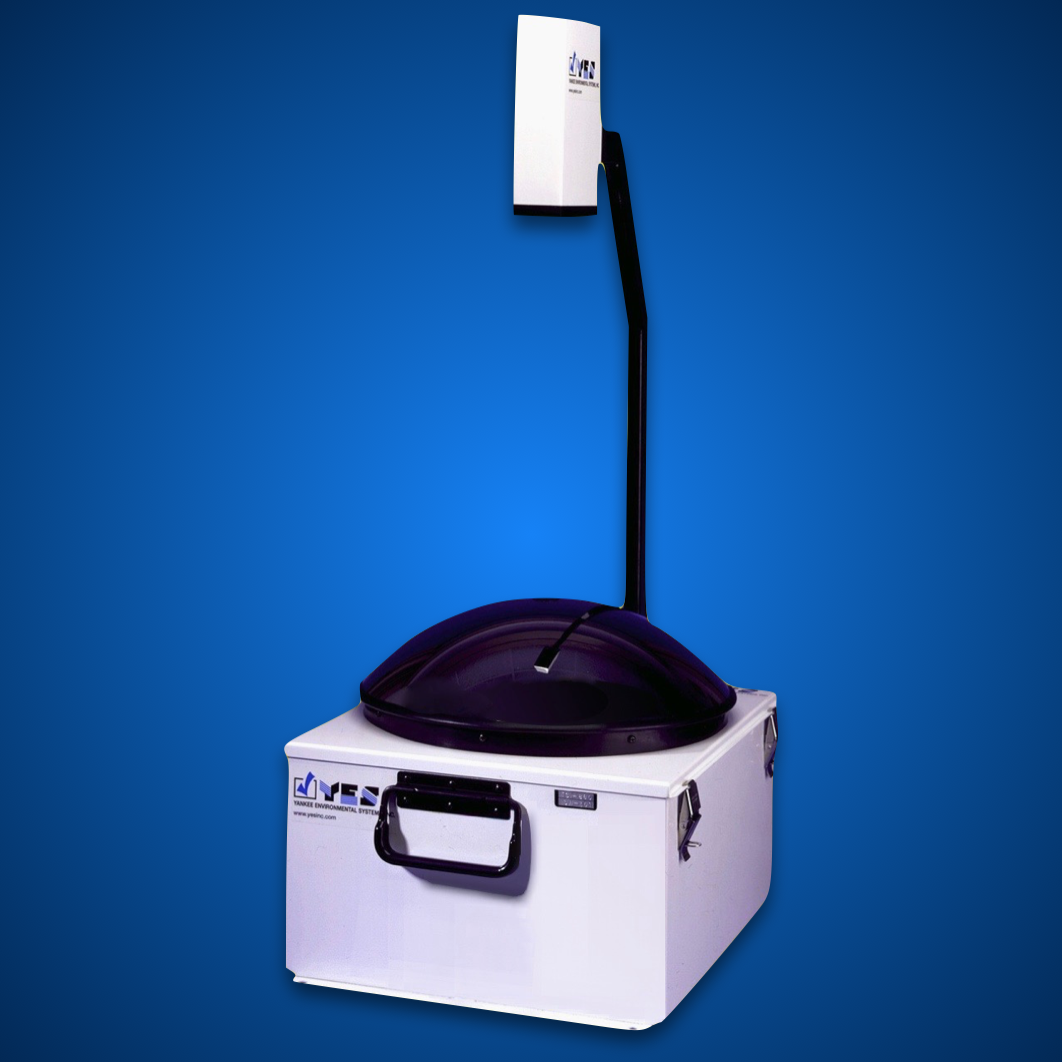TSP-700 Total Solar Pyranometer
General Description
The Model TSP-700 Total Solar Pyranometer represents the state-of-the-art for field measurement of broadband global (direct and diffuse) solar irradiance. It is ruggedly packaged and designed for long-term field use. When properly characterized, it meets or exceeds the World Meteorological Organization's (WMO) requirements for a high quality pyranometer (previous called a secondary standard).
YES introduced space-age technology and materials to the TSP-700 thermal design to produce a precision radiation receiving and measuring system that exceeds the performance of all other pyranometers on the market. It retains the basic principle of total solar radiation measurement, that is, relating the incident irradiance to the temperature difference between a radiation receiver and a shielded thermal reference. However, unlike other pyranometers, it uses a rugged solar radiation-receiving surface that is thermally bonded to modern thin-film platinum resistance thermometers (PRTs) to make the actual temperature measurements.
The inherently stable characteristics of platinum combined with the special design of the radiation-receiving surface result in an instrument with
A high-level, low-impedance output signal
Superior linearity and long-term stability of calibration
An excellent cosine response that is completely free from axial asymmetry errors
Freedom from the effects of changes in ambient temperature
Every TSP-700 is ventilated and heated to minimize the effects of changes in atmospheric temperature and to eliminate dome dew formation. Three levels of heating are provided for dew removal depending on site requirements.
Instrument Development
The TSP-700 represents the first major advancement in the field of total solar radiation measurement in nearly a quarter of a century.

Model TSP-700 Total Solar Pyranometer
Historically, pyranometers relied on thermopiles to measure the temperature difference between a radiation-receiving surface and a shielded thermal mass. In these older instruments, the temperature-sensing element typically consisted of 50 or more copper-constantan thermocouples, because the output of a single thermocouple is approximately 22 μ V/°C, and many junctions had to be used in series to produce a usable output voltage. The rectangular geometry of these thermopiles tended to create a non-symmetrical angular response along the axis of the instrument. The TSP-700 represented the first basic design improvement since the 1960s.
Applications
The TSP-700 is sensitive to radiation with wavelengths between 0.3 and 3 μ m, making it an ideal instrument for the measurement of incident solar radiation. Typical applications include:
Meteorological and climatological measurements
Global warming and surface albedo studies
Evaluation of solar energy systems
Control of HVAC systems
Remote-sensing ground truth experiments

Principle of Operation
The basic technique for measuring total solar radiation involves determining the temperature difference between a radiation-absorbing element and an element shielded from solar radiation. This temperature difference is proportional to the incident irradiance. The way the TSP-700 makes the temperature measurement is shown above
Both direct and scattered radiation pass through two optically polished glass domes. The domes block long-wave radiation and keep the instrument weather-tight. The two-dome configuration also prevents conductive cooling of the radiation-sensing element that lies beneath the inner dome.
The sensing element, a specially designed disk with an optical black coating, absorbs incident radiation from 0.3 to 3 μ m.
Four laser-trimmed, matched, precision thin-film platinum resistance thermometers form the legs of an active electronic bridge circuit. This circuit produces a signal that is proportional to the temperature difference between the radiation-receiving surface and the shielded thermal reference.
A thermally stable amplifier outputs a low-impedance 0 to 4 Vdc signal that is independent of changes in ambient temperature. The inherent linearity of the platinum resistance thermometer scheme means that no thermistors are required to compensate for changes in ambient temperature.
Input circuits are surge and polarity protected to ensure years of trouble-free operation. The instrument housing is O-ring sealed, desiccated, and equipped with a color change humidity plug.
Specifications
|
Spectral Response: |
0.3 to 3.0 μ m |
|
Resolution: |
1 W/m2 |
|
Sensitivity: |
2.0 mV/(W/m2) High level, low Z, nominal 4 Vdc (FS) output |
|
Cosine Response: |
Less than 1% between ±70° zenith angle; 5% at ±80° zenith angle |
|
Temperature Dependence: |
Less than 1% of full scale over ambient temperature range of -50°C to +50°C |
|
Response Time: |
≈ 1 sec 1/e response to a step change in incident irradiance) |
|
Linearity: |
0.5% (0-1400 W/m2) |
|
Axial Asymmetry: |
Less than 0.1 of 1% |
|
Power Requirement: |
+11 to +14 Vdc @ 160mA, including ventilation fan current; an additional 1 A is required for the heaters. The optional UVPS-1 can supply all power for the instrument. |
|
Weight: |
3.2 kg (7 lb.) |
Calibration Methodology
We calibrate each TSP-700 using the method recommended by the World Meteorological Organization for calibrating pyranometers. This method involves running the instrument co-located with a reference pyranometer on an outdoor test stand and then comparing the results. Our reference pyranometer is traceable to an absolute cavity radiometer, which in turn is referenced to the WRR (World Radiometric Reference). The calibration method is conducted in accordance with ASTM Designation E 824-81, Standard Method for Transfer of Calibration From Reference to Field Pyranometers. This method is similar to the one described in ISO 9847, Solar Energy — Calibration of field pyranometers by comparison to a reference pyranometer, if you are more familiar with ISO procedures.
Calibration to "High Class/Secondary Standard" is optionally available. Although not all High Class characteristics are characterized for individual units, extensive testing has been conducted to characterize its cosine response, spectral response, and time response to prove that these parameters are uniform from unit-to-unit. Each system includes a calibration certificate, manual, and cables.
Cosine Response
A major effort in the development of the TSP-700 has been aimed at producing an instrument with a cosine response that is superior to all existing pyranometers. This has been accomplished by special attention to the design of the radiation-receiving surface. The generic cosine response for all TSP-700s offers deviation from a true cosine response of less than 1% between ± 70° SZA, and 5% at ± 80° SZA.

A typical TSP-700 cosine response is shown here plotted against the normalized cosine response of an Eplab PSP pyranometer. The TSP-700 curve is in blue and the PSP in red. The PSP curve is smoother because it is the average of three measurements taken by Michalsky, et. al., 1995).
Spectral Response
The spectral response of the total solar pyranometer is primarily governed by the emissivity of the radiation-absorbing surface, and by the wavelengths passed by the glass hemispheres. The optically ground and polished hemispheres are fabricated from WG-295 Schott glass. The radiation surface is covered with an optical black coating. The TSP-700 is uniformly responsive to radiation with wavelengths between 0.3 and 3 μ m.
Time Response
The Model TSP-700 electronic circuitry ensures a fast (approximately 1.0 sec/63%) response time to a step change in incident irradiance.
References
Michalsky, J.J., et al, 1995: "Cosine Response Characteristics of Some Radiometric and Photometric Sensors". Solar Energy, Vol. 54, No. 6, 397-402.
Also Available
YES offers a full line of instrumentation for measuring and logging solar irradiance across the spectrum.
TSP-700 (blue) and Eplab PSP (red) Cosine Response

Dimensions in Inches (cm).
Mechanical Configuration
The TSP-700 is packaged in a rugged aluminum enclosure, covered with durable white powder-coated baked-on polyester. This finish has shown to give superior performance in outdoor environments. All critical pyranometer components (located beneath the ventilation shroud) are O-ring sealed and purged with dry air. A bubble level is provided beneath the shroud. The shroud is easily removable by releasing two stainless steel draw latches. The visible humidity indicator is backed up with a separate desiccant pack. Stainless steel leveling screws and hold down screw holes are provided on an 8.60 inch (21.84 cm) diameter bolt circle.
Electrical Requirements
Electrical connections to the TSP-700 are made through two, 3-meter, shielded data cables. One cable provides the +11 to +14 Vdc @ 30 mA to the pyranometer and its electronics and in addition returns the output signal. The other cable supplies the +11 to +14 Vdc @ 150 mA to the ventilator fan, and up to 888 mA to the instrument heaters, if they are used.

UVPS Power Supply Option
Although the TSP-700 will operate from any quiet DC source (including two automotive batteries), the Model UVPS regulated power supply can provide the necessary power from the AC line. Housed in a rugged NEMA-4X enclosure to handle permanent outdoor exposure, it provides a convenient solution to supplying the necessary DC voltages. Please specify 115 or 220 Vac wiring when ordering.







